Have you ever wondered why your shoes have a size number like “5” or “7” and what it really means? Why don’t shoes just come in small, medium, or large? Well, it turns out that the history of shoe sizes is quite fascinating and goes back hundreds of years. Let’s take a step back in time (pun intended!) to explore how shoe sizes began, why they vary, and how they work today.
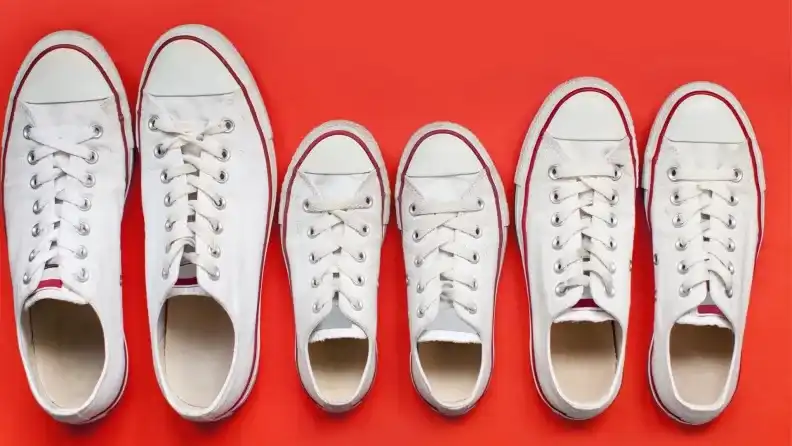
A Step into the Past: How Shoe Sizing Began
In ancient times, shoe sizes were not standardised. Shoes were often custom-made, and the shoemaker measured your foot directly to craft a pair. However, as trade grew and ready-made shoes became more common, a system was needed to make shoes that could fit most people.
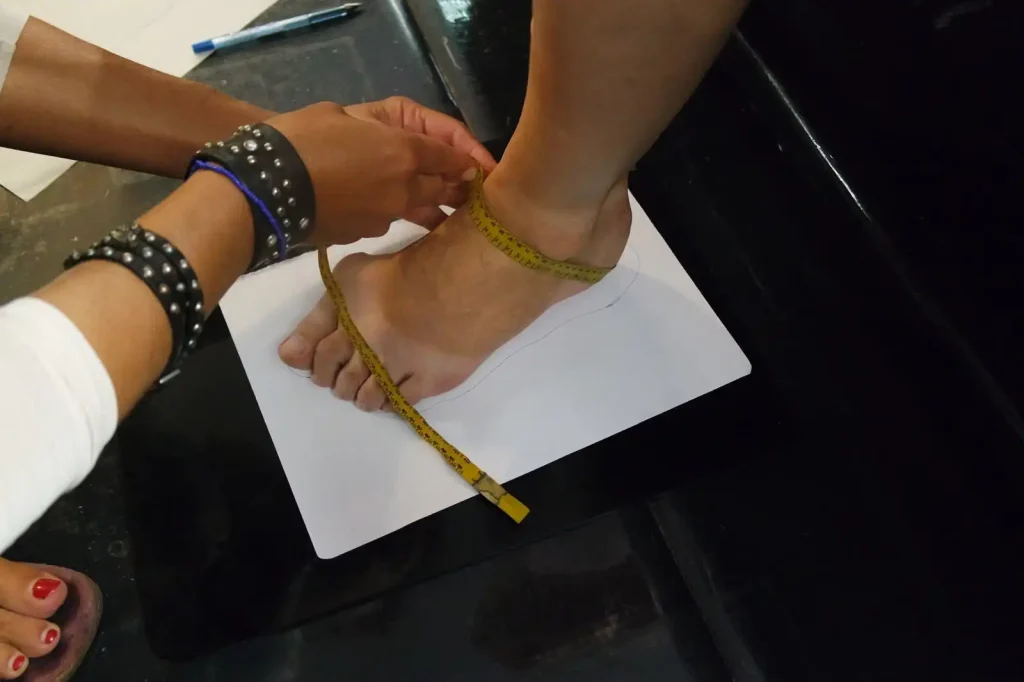
One of the first shoe-sizing systems was introduced in England in the 14th century. It was based on something quite surprising—barleycorns! A barleycorn is a small grain used in farming. The system stated that three barleycorns placed end-to-end equalled one inch. Shoe sizes were measured in barleycorn units, which is why shoe sizes increase by one-third of an inch as they go up.
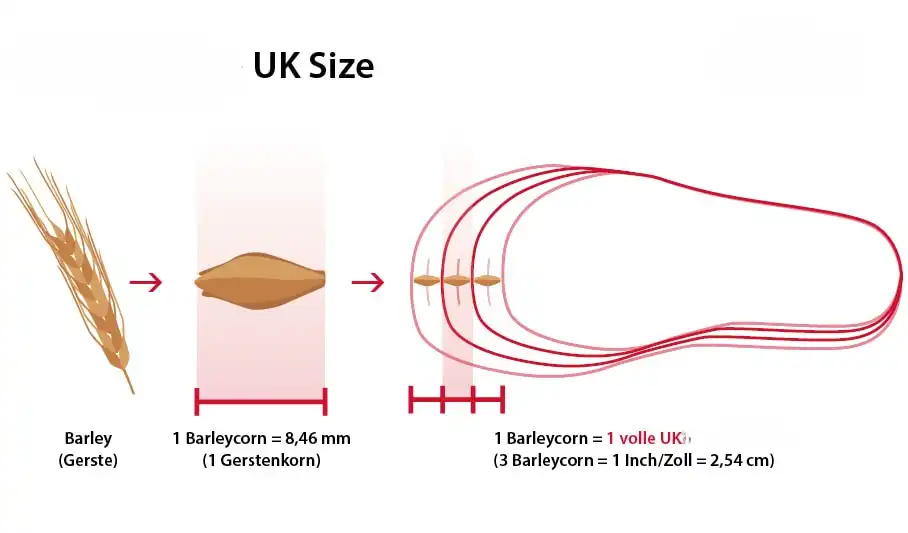
This barleycorn system became the foundation of modern shoe sizing and is still used in the UK today!
Why Are Shoe Sizes So Different?
If you’ve ever tried on shoes from different countries or brands, you might have noticed they don’t always fit the same. That’s because not all countries use the same sizing system. Here are some examples:
- United Kingdom: The UK uses the barleycorn system, where sizes for adults typically start at size 1.
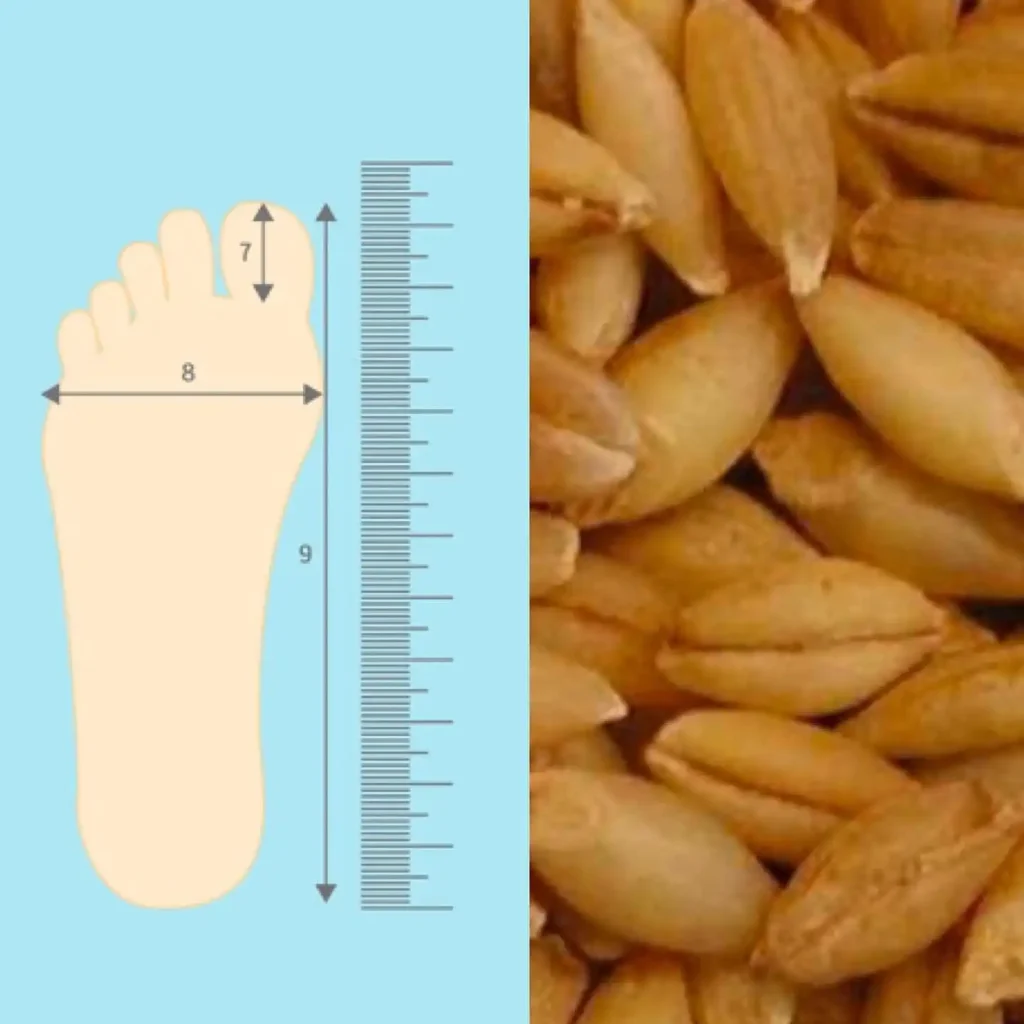
- United States: US sizes are similar to the UK’s but are about one size larger for men and two sizes larger for women.
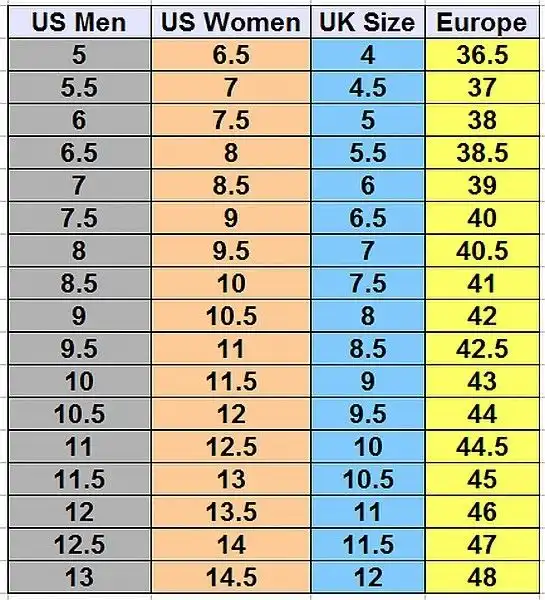
- Europe: Europe uses a system called “Paris points,” where the length of the shoe is measured in millimetres.

Another reason for the differences is that men’s, women’s, and children’s shoes are often measured using separate charts. This can be confusing because, for example, a size 6 in women’s shoes is not the same as a size 6 in men’s shoes.
Why Are Men’s and Women’s Shoe Sizes Different?
Historically, shoe sizes for men and women were separated due to differences in foot shapes. Men’s feet are generally wider, while women’s feet are narrower with a higher arch. To account for this, shoemakers created different sizing charts.
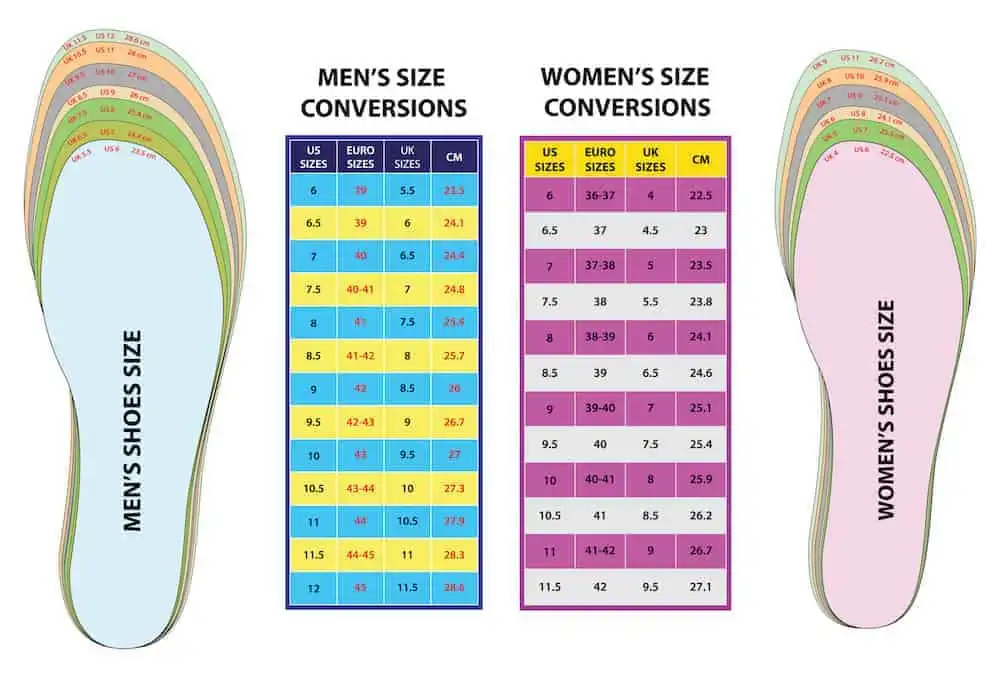
However, this distinction doesn’t always make sense today. Many women wear men’s shoes for sports or outdoor activities, and some men prefer women’s styles. Unisex sizing is becoming more common, making it easier for everyone to find the right fit.

Modern Challenges with Shoe Sizes
Despite all these systems, finding the perfect fit can still be tricky. Feet comes in all shapes and sizes, so one person’s size 7 might feel tighter or looser than another’s.
Here are a few reasons why:
- Width Variations: Shoe sizes typically focus on length, but width matters too. Some shoes come in narrow, regular, or wide options to accommodate different feet.
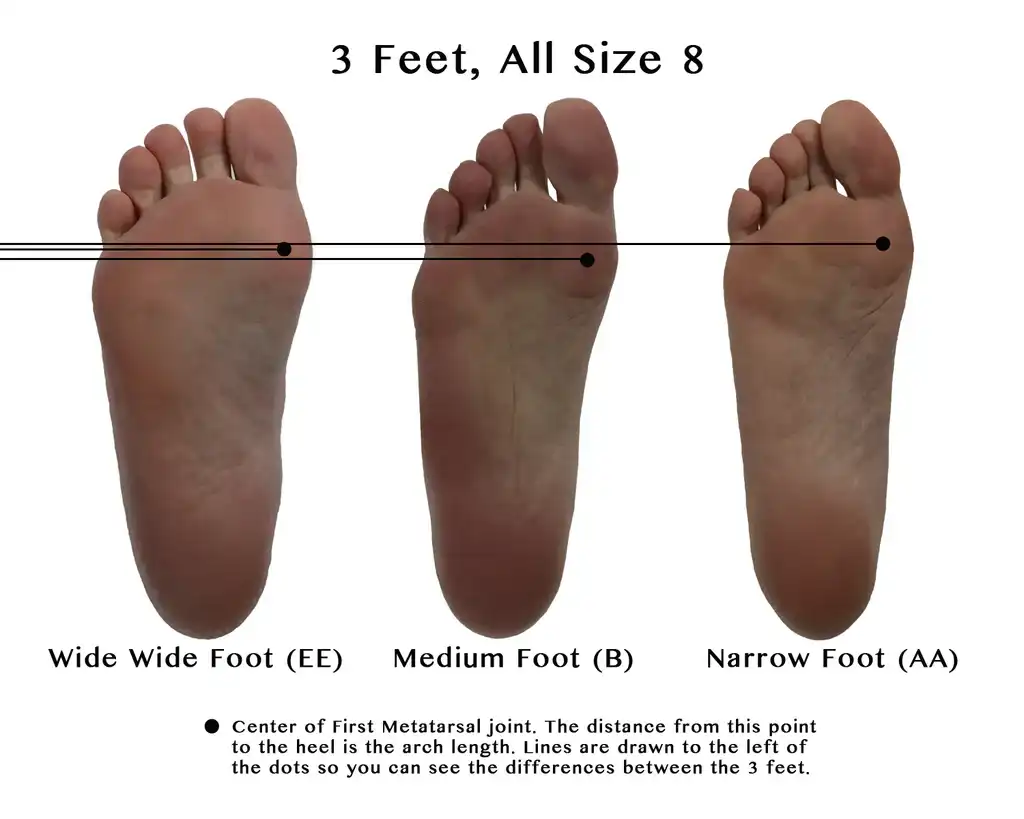
- Brand Differences: Shoe brands use slightly different measurements, which is why a size 8 in one brand might feel like a size 9 in another.

- Materials: Even if the shoes are the same size, shoes made of stretchy materials might fit more comfortably than stiff ones.
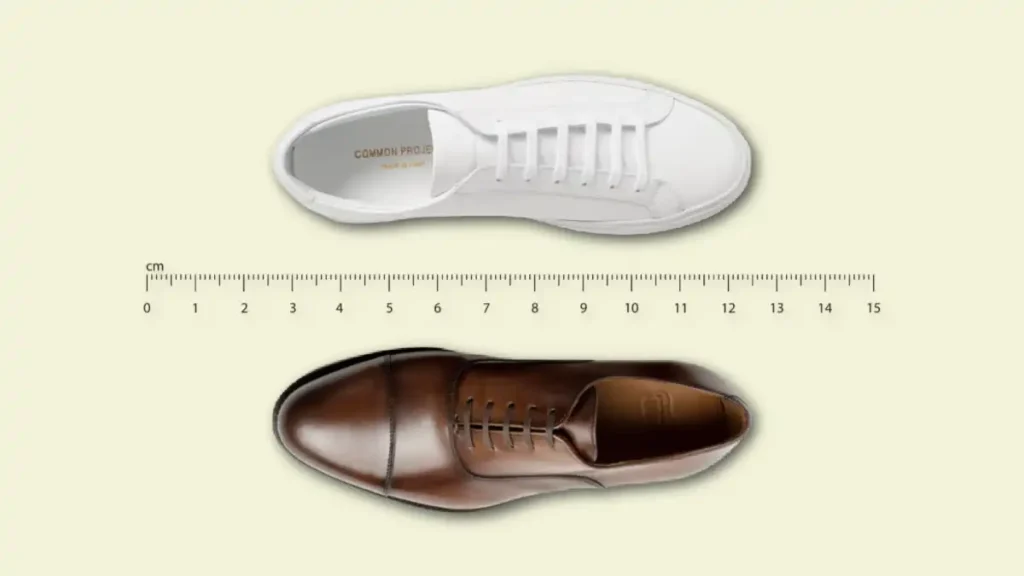
The Future of Shoe Sizing
Today, technology is changing the way we measure shoe sizes. Some brands are using 3D scanning to measure feet more precisely, allowing them to create shoes that fit perfectly, regardless of their shape.

Another exciting development is customisable shoes. Imagine being able to order shoes made just for your feet! With these advancements, we might not even need traditional shoe sizes in the future.
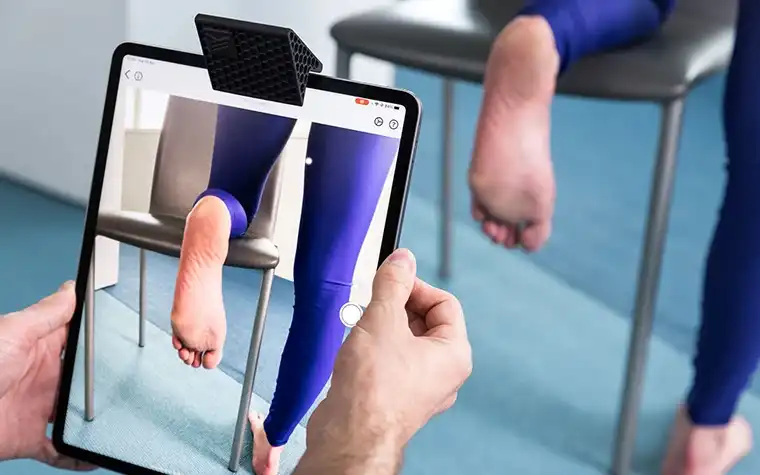
Fun Facts About Shoe Sizes
- The largest shoe size ever recorded was size 37 (US size), worn by a man named Robert Wadlow, the tallest person in history!
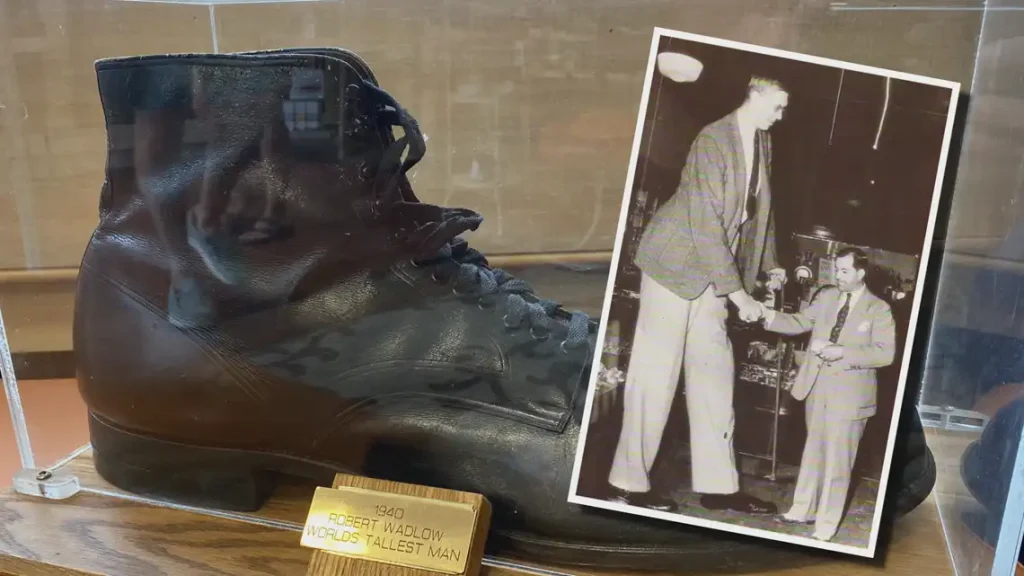
- Children’s shoes are measured separately to account for their growing feet. Once a child reaches size 13, the next size up is an adult size 1.
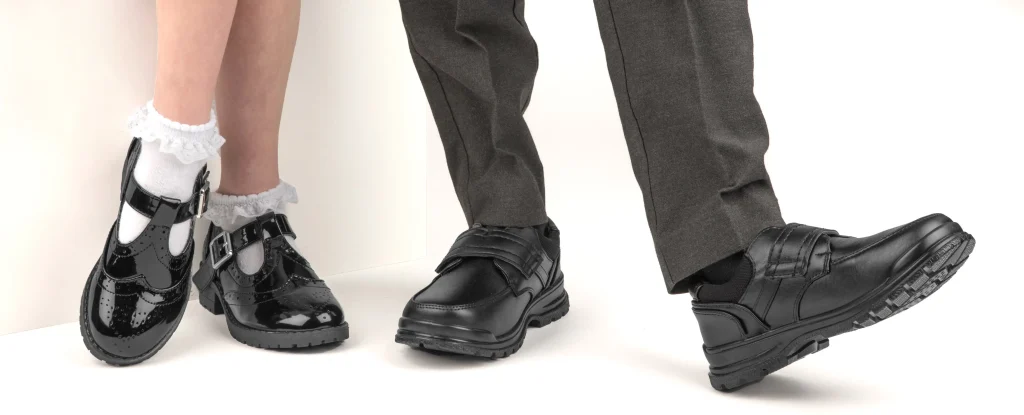
- Ancient Egyptians used sandals made of palm leaves, and their sizes were based on the length of their feet drawn in the sand!
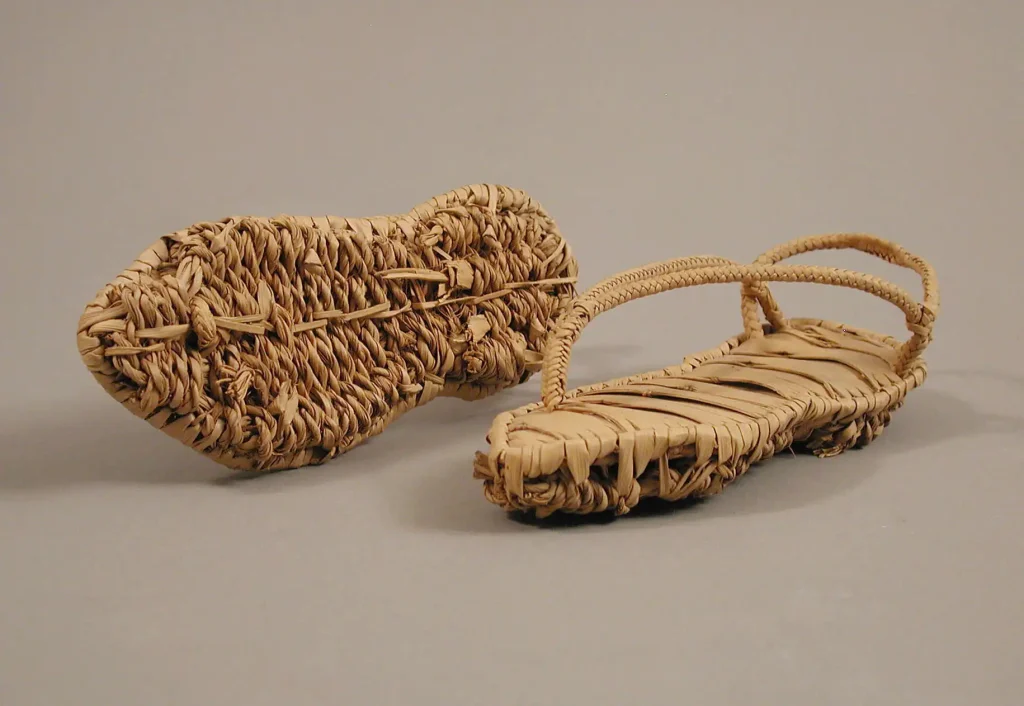
How to Find Your Perfect Fit
To make sure your shoes fit comfortably, follow these tips:
- Measure your feet at the end of the day, as they can swell during the day.
- Wear socks similar to the ones you plan to use with the shoes when trying them on.
- Walk around in the shoes to check for any tight spots or slipping.
Understanding why shoe sizes are the way they are makes it easier to find the right pair for your feet. The next time you slip on your shoes, you’ll know there’s a lot of history—and a little bit of barleycorn—in every step you take!
For more interesting articles, please visit www.kidzherald.com





